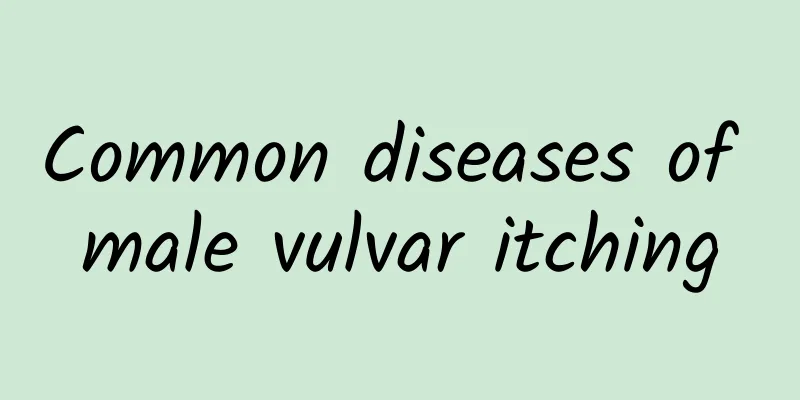Clinical symptoms and treatment of thyroiditis

|
Thyroiditis is a common disease of the thyroid gland. It has various clinical manifestations, including hyperthyroidism or hypothyroidism. Regardless of the type of thyroiditis, it must be actively treated. 1. Clinical symptoms 1. Hashimoto's thyroiditis The disease onset is slow, and the thyroid gland is often enlarged, hard and with clear borders. Some patients may have symptoms of compression. Patients often show symptoms such as fear of cold, edema, fatigue, dry skin, abdominal distension, constipation, and decreased libido. 2. Subacute thyroiditis The typical symptom is severe thyroid pain, which usually starts on one side of the thyroid gland and quickly radiates to other parts of the gland and the base of the ear and jaw. It is often accompanied by general discomfort, fatigue, muscle pain, and fever. 3. Antithyroid The thyroid gland is enlarged to varying degrees and is painless. There is a self-limited period of hyperthyroidism of several weeks, followed by a transient period of hypothyroidism due to depletion of thyroid hormone stores, and finally, usually, restoration of euthyroid function. 4. Acute thyroiditis It is an acute suppurative infection of the thyroid gland. Acute thyroiditis has a rapid onset, with high fever, sweating and general discomfort. Local lumps appear in the thyroid gland, which are very painful, and local skin redness and fever. 2. Treatment Methods 1. Static lymphocytic thyroiditis This is a transient disease that lasts only a few months; the hyperthyroidism phase should be treated conservatively. 2. Subacute thyroiditis For more severe and delayed cases, corticosteroids are recommended, and all symptoms disappear within 24 to 48 hours. When the thyroid gland's radioactive iodine uptake returns to normal, treatment is terminated. 3. Acute thyroiditis Cold compress is suitable for local treatment in the early stage, hot compress is suitable for treatment in the late stage, and antibiotics are given to the whole body. If there is abscess, incision and drainage should be performed early to prevent the abscess from rupturing into the trachea, esophagus, and diaphragm. 4. Hashimoto's thyroiditis Patients with mild thyroid enlargement and no symptoms may not be treated and should be observed during follow-up visits. Patients with obvious thyroid enlargement or hypothyroidism should be given thyroid preparations for treatment, even if only serum TSH is elevated. |
<<: What are the symptoms and causes of vasculogenic headaches?
>>: When is the most accurate time for HIV testing?
Recommend
The best food ever! A complete list of foods that improve sperm quality
Peanut kernels"text-indent: 2em; text-align: ...
What is glans hypertrophy?
Most men are probably very concerned about the he...
How to recover from kidney deficiency and impotence
In the case of kidney deficiency, it is easy for ...
Men are healthier if they control their sleep time and stay in bed less
Research has found that people who sleep only 6 o...
Will poor sleep and frequent staying up late lead to insomnia?
Staying up late for a long time has become a habi...
What are some ways for men to live longer?
Men are the pillars of our families. Men are the ...
What virus is genital herpes?
Generally speaking, genital herpes is one of the ...
Can I take a hot spring bath if I have scrotal eczema?
Scrotal eczema is a relatively stubborn disease. ...
What are the methods of using male condoms?
Many couples may not plan to get pregnant for var...
What medicine can cure glans sensitivity?
Drugs that reduce sexual nerve sensitivity can us...
How to treat mild glansitis?
Men are busy in their daily lives, and it is easy...
Treatment for red spots on the glans penis after sex
The appearance of red spots on the glans penis af...
What are the symptoms of prostate enlargement?
Prostate enlargement is also a common abnormal ma...
What is bladder cyst and what are its symptoms?
Bladder cyst is a cystic swelling under the bladd...
Hard prostate
Prostate disease is a male disease that only occu...









